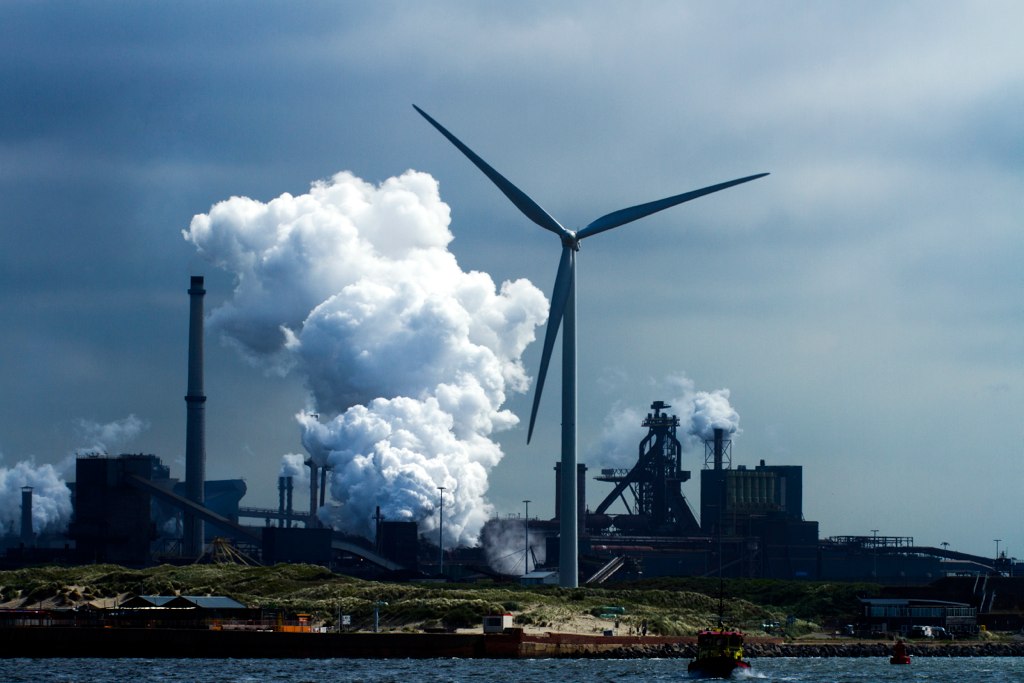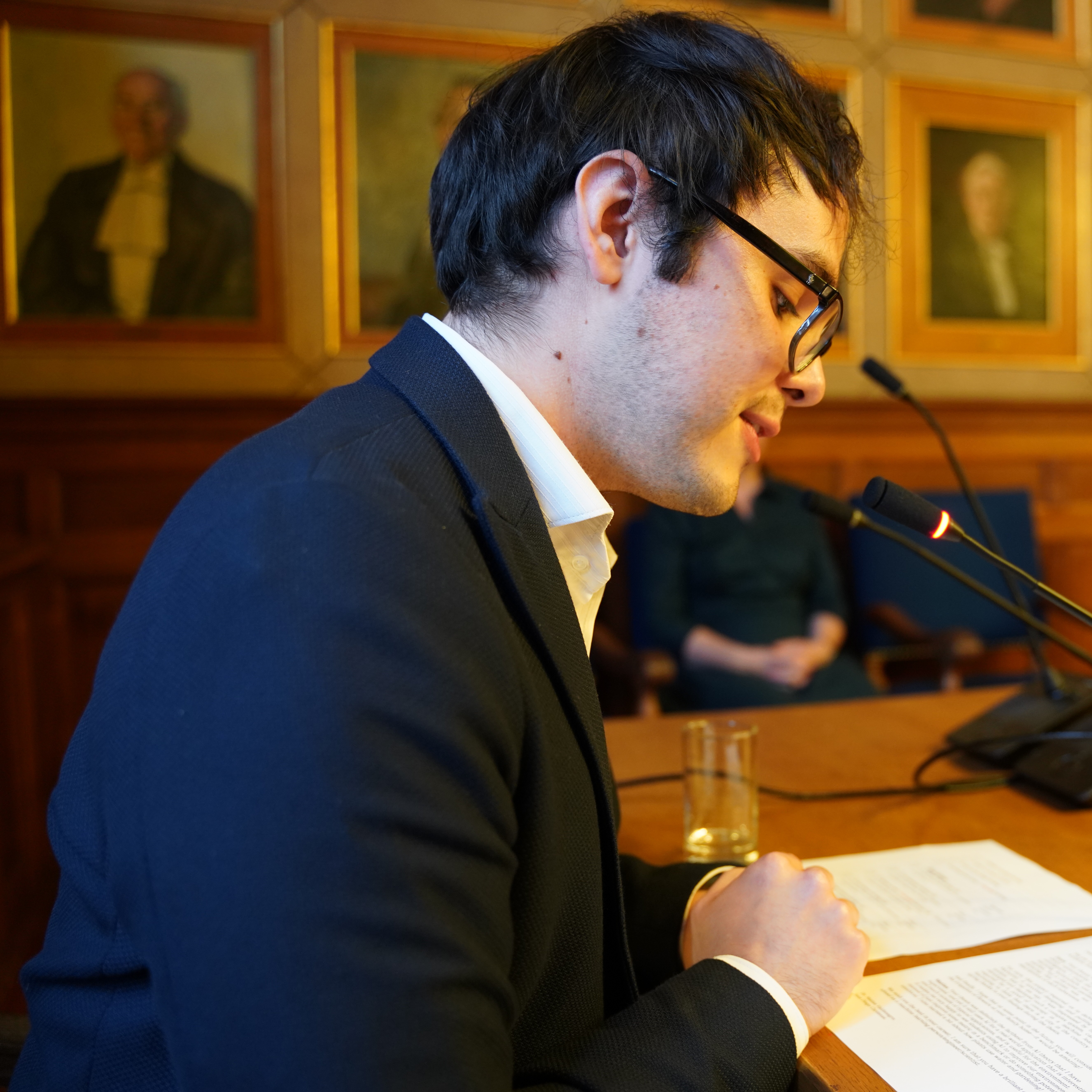Physics-Enhanced ML for time series forecasting in air pollution
Published:
Motivation
This project investigates the integration of first-principle fluid dynamic models into deep learning frameworks to enhance air pollution time series forecasting. By leveraging these models, we aim to guide the learning process of neural networks, hypothesizing that this will improve their ability to capture pollutant dispersion patterns. The approach will be evaluated by comparing the performance of standard deep learning models with their physics-enhanced counterparts, assessing improvements in prediction accuracy, generalizability, and interpretability.
This project is the continuation of Design of a Deep Learning approach to simulate and forecast smog clouds.

Tasks and Timeline
Stage 1:
- Familiarize with the codebase of pollution forecasting;
- Review the state-of-the-art for physics enhanced ML in fluid dynamics problems;
- Brainstorm potential fluid-dynamic models to enhance the deep learning baseline.
Stage 2:
- Plan the experiments and tests for the expected solution;
- Adapt the selected fluid-dynamic models to the training of deep learning models;
- Evaluate the proof-of-concept with the proposed experiments and tests;
- Benchmark the proof-of-concept against other solutions in the literature.
Stage 3:
- Document the problem description and solution-design methodology;
- Show the results to reviewers and non-technical audiences.
Expected Outcomes
Mandatory Products
- Mathematical analysis of the proposed algorithm;
- Software with documentation associated with the project;
- Technical report with problem description, proposed solutions, experimental results, and project conclusions by following the University guidelines;
- A public dissertation following the University guidelines.
Optional Products
- Summary paper from the technical report suitable for conferences or journals;
- 3-minute elevator pitch video of the project;
- Blog post or video explaining the problem and proposed solution for a general audience.
Bibliography
- Oldenburg, V., Cardenas-Cartagena, J., and Valdenegro-Toro, M., “Forecasting Smog Clouds With Deep Learning”, arXiv e-prints, Art. no. arXiv:2410.02759, 2024. doi:10.48550/arXiv.2410.02759.
- P. O’Driscoll, J. Lee, and B. Fu, “Physics Enhanced Artificial Intelligence,” arXiv:1903.04442, Mar. 2019, Accessed: May 09, 2020. Available: http://arxiv.org/abs/1903.04442
- Q. Tao, F. Liu, Y. Li, and D. Sidorov, “Air Pollution Forecasting Using a Deep Learning Model Based on 1D Convnets and Bidirectional GRU,” IEEE Access, vol. 7, pp. 76690–76698, 2019, doi: 10.1109/ACCESS.2019.2921578.
